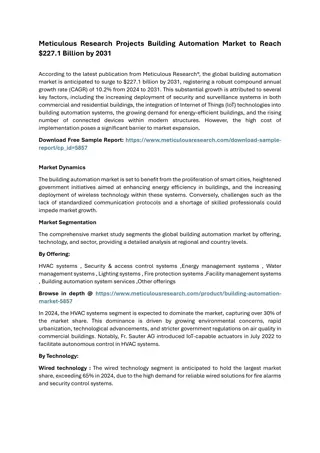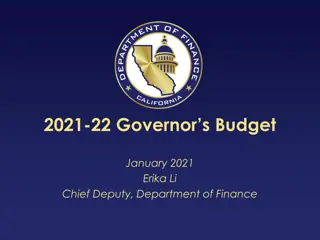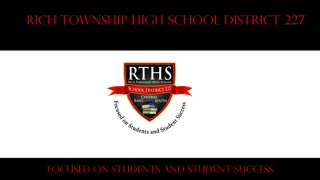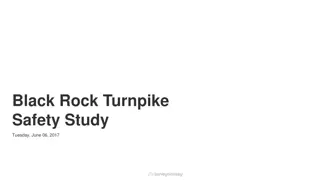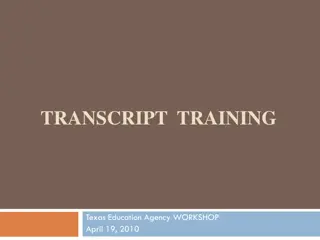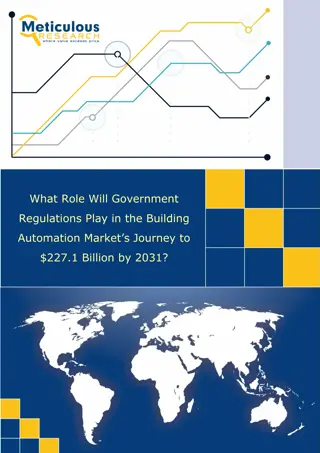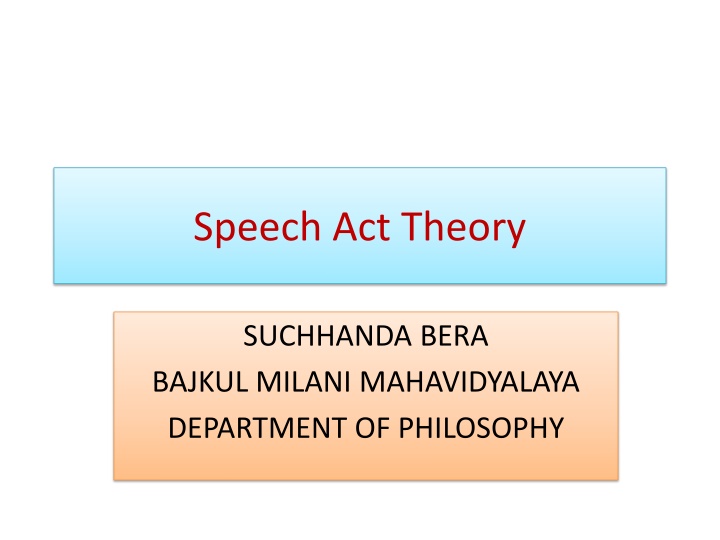
Speech Act Theory: Language as Action
Explore Speech Act Theory, a framework by philosophers J.L. Austin and John Searle, delving into how language goes beyond conveying information to performing various actions. Learn about locutionary, illocutionary, and perlocutionary acts and how they shape communication and social interactions.
Download Presentation

Please find below an Image/Link to download the presentation.
The content on the website is provided AS IS for your information and personal use only. It may not be sold, licensed, or shared on other websites without obtaining consent from the author. If you encounter any issues during the download, it is possible that the publisher has removed the file from their server.
You are allowed to download the files provided on this website for personal or commercial use, subject to the condition that they are used lawfully. All files are the property of their respective owners.
The content on the website is provided AS IS for your information and personal use only. It may not be sold, licensed, or shared on other websites without obtaining consent from the author.
E N D
Presentation Transcript
Speech Act Theory SUCHHANDA BERA BAJKUL MILANI MAHAVIDYALAYA DEPARTMENT OF PHILOSOPHY
INTRODUCTION Speech act theory, developed primarily by philosophers J. L. Austin and later expanded upon by John Searle, is a framework that explores the ways in which language is used to perform actions beyond simply conveying information. It delves into the idea that when people communicate, they are not only exchanging words but also engaging in various types of actions.
CATEGORIZES OF SPEECH ACT THEORY The theory categorizes speech acts into three main components. 1. Locutionary Act 2. Illocutionary Act 3. Perlocutionary Act
LOCUTIONARY ACT The act of producing words and sentences with proper grammatical structure and literal meaning
ILLOCUTIONARY ACT The intention behind the utterance what the speaker aims to achieve by making the statement. This can include making requests, giving orders, asking questions, making promises and more.
Perlocutionary Act: The effect or impact of the speech act on the listener how the listener interprets the statement and how it influences their thoughts, feelings, or actions.
CONCLUSION In essence, speech act theory highlights that language is a powerful tool not only for conveying information but also for performing various social and communicative functions. It has profound implications for understanding how language is used in context, how meaning is conveyed through actions, and how communication shapes social interactions.


